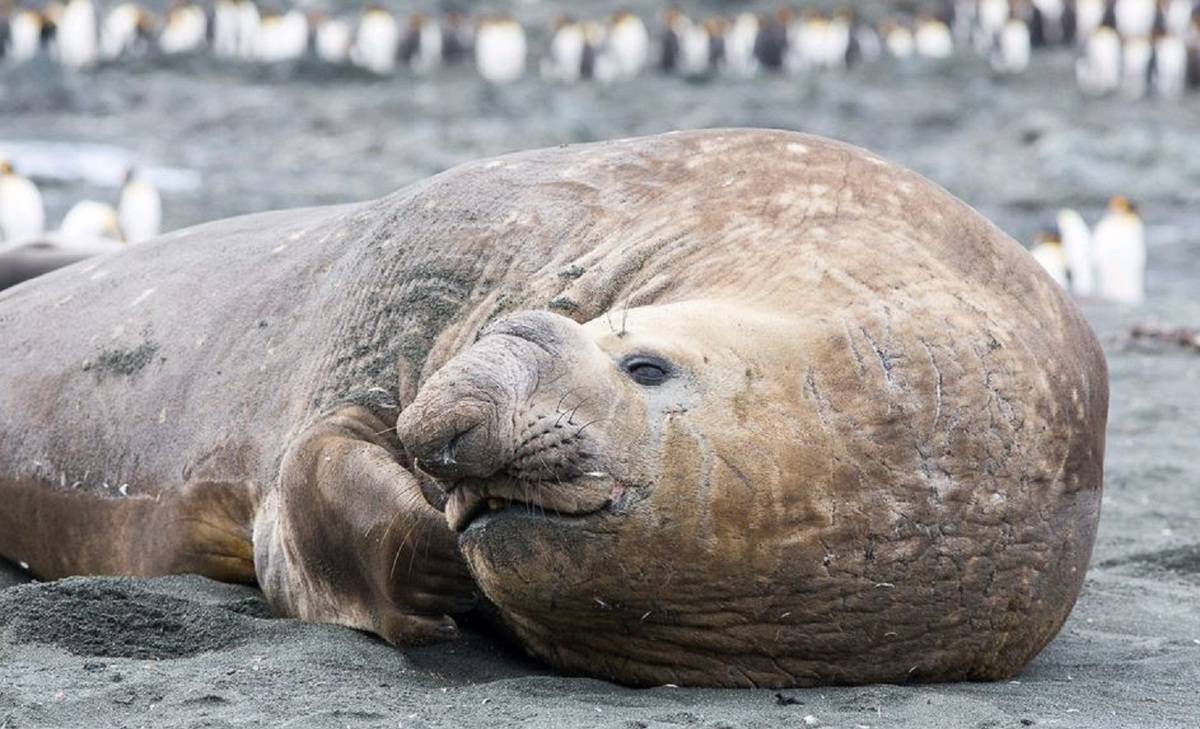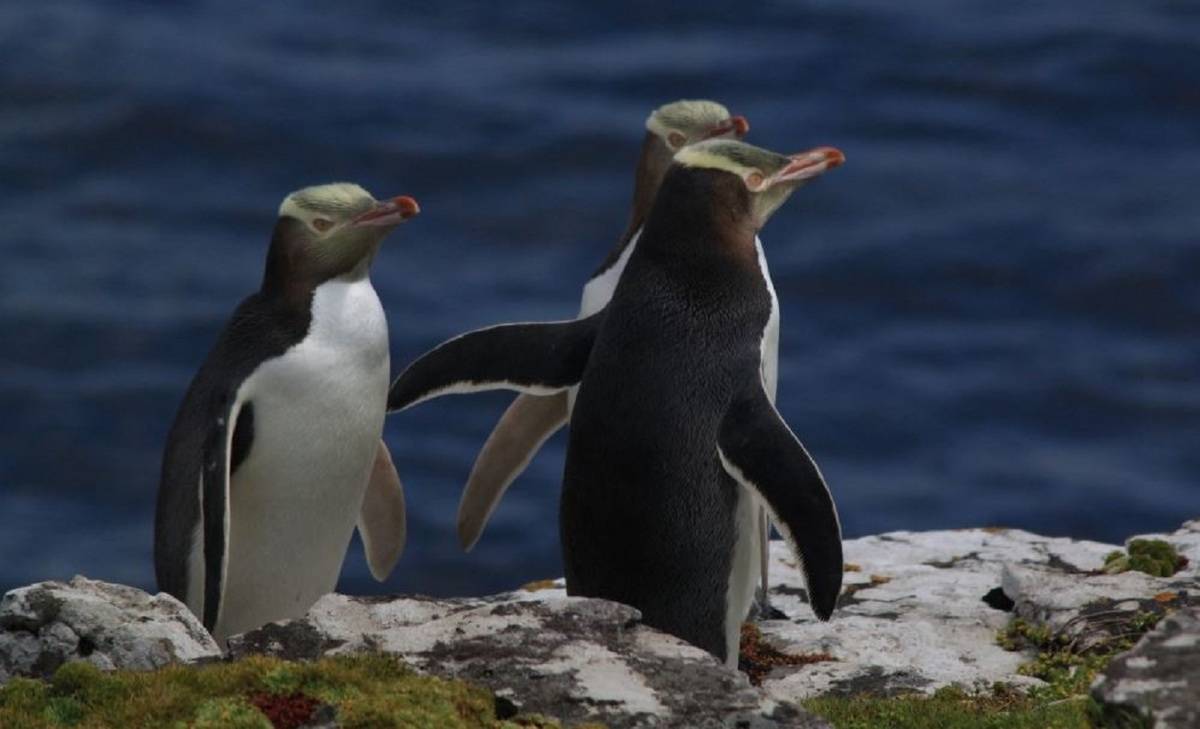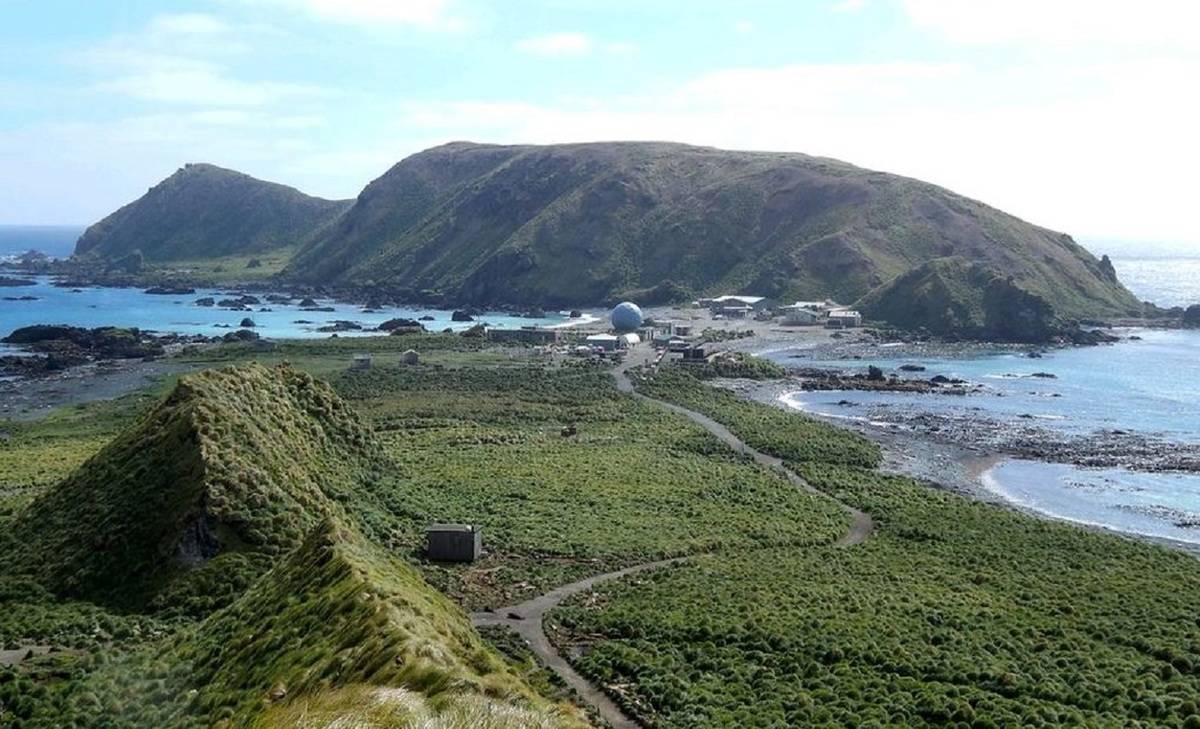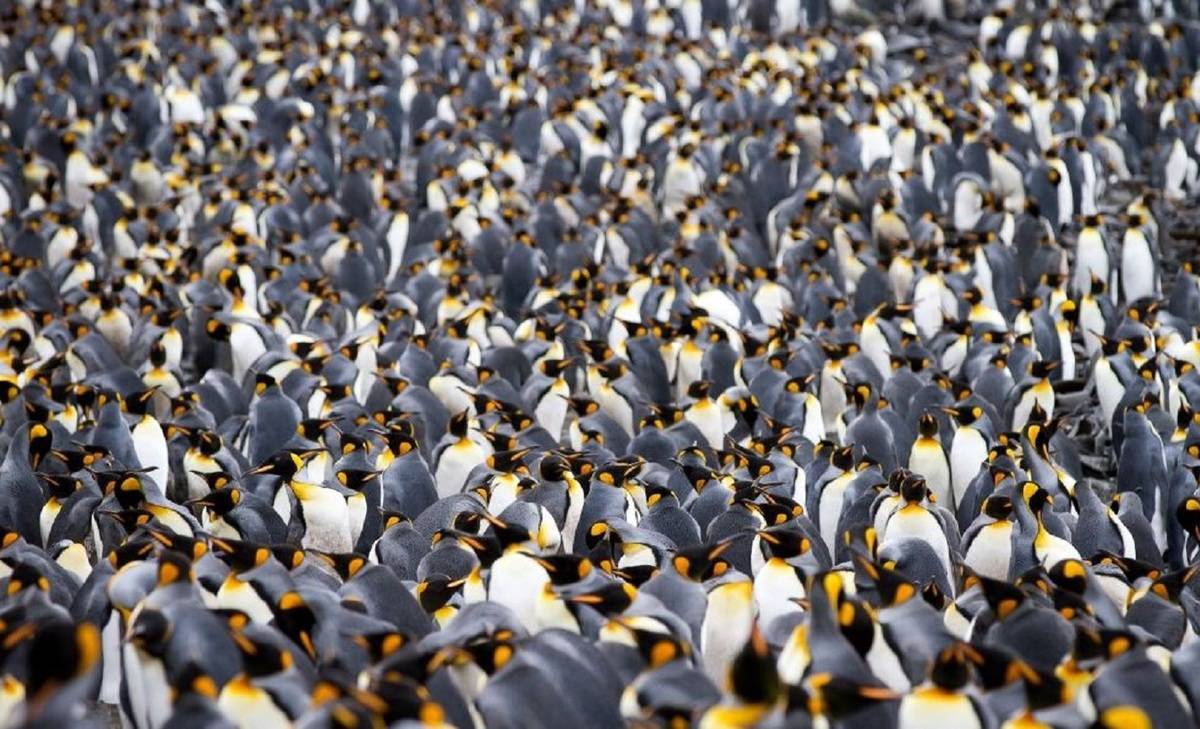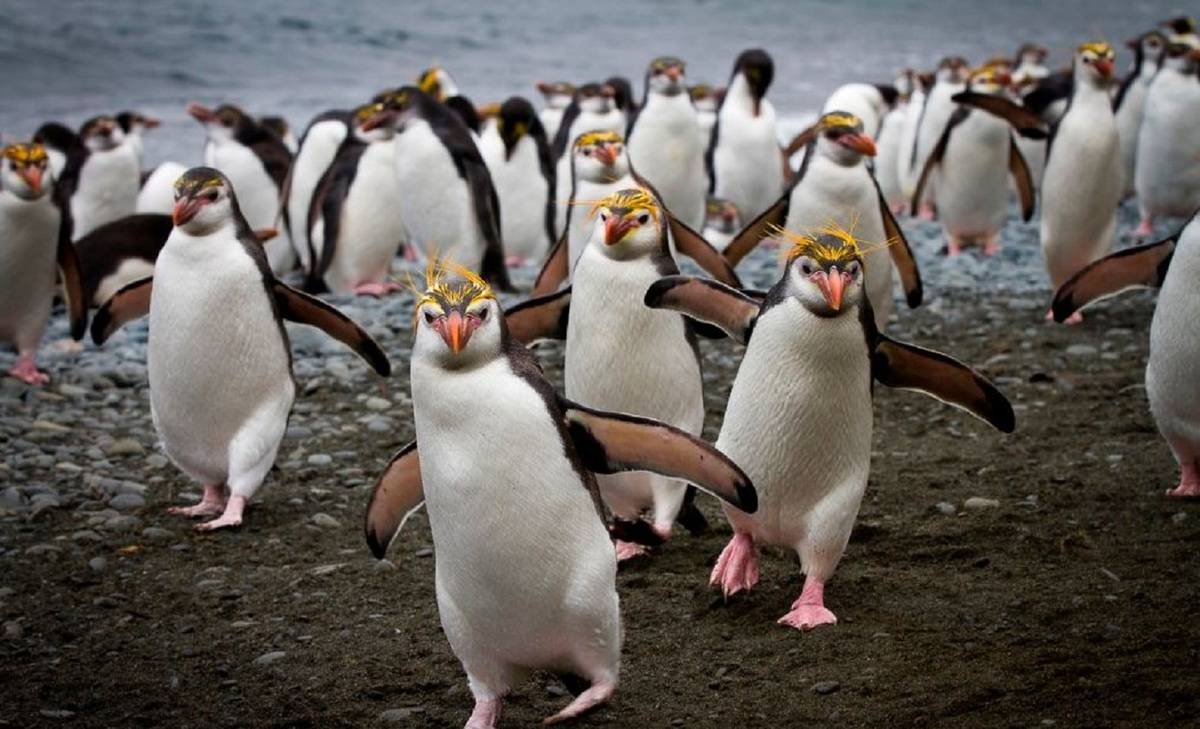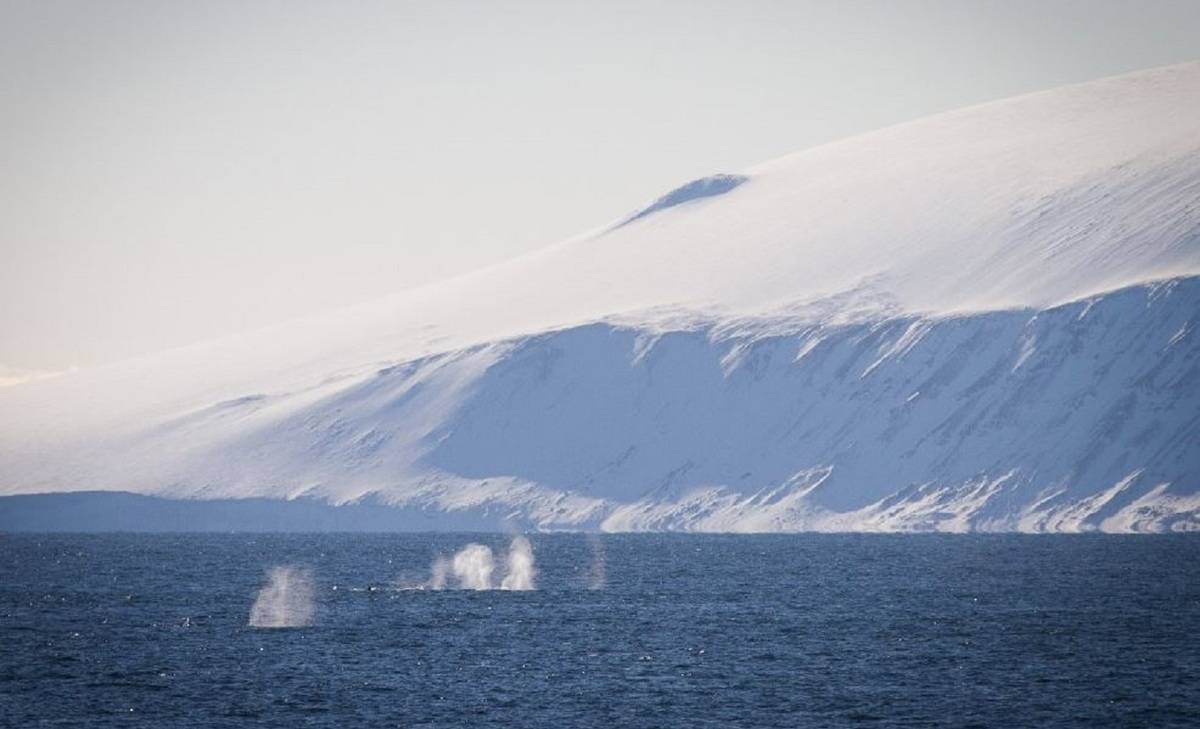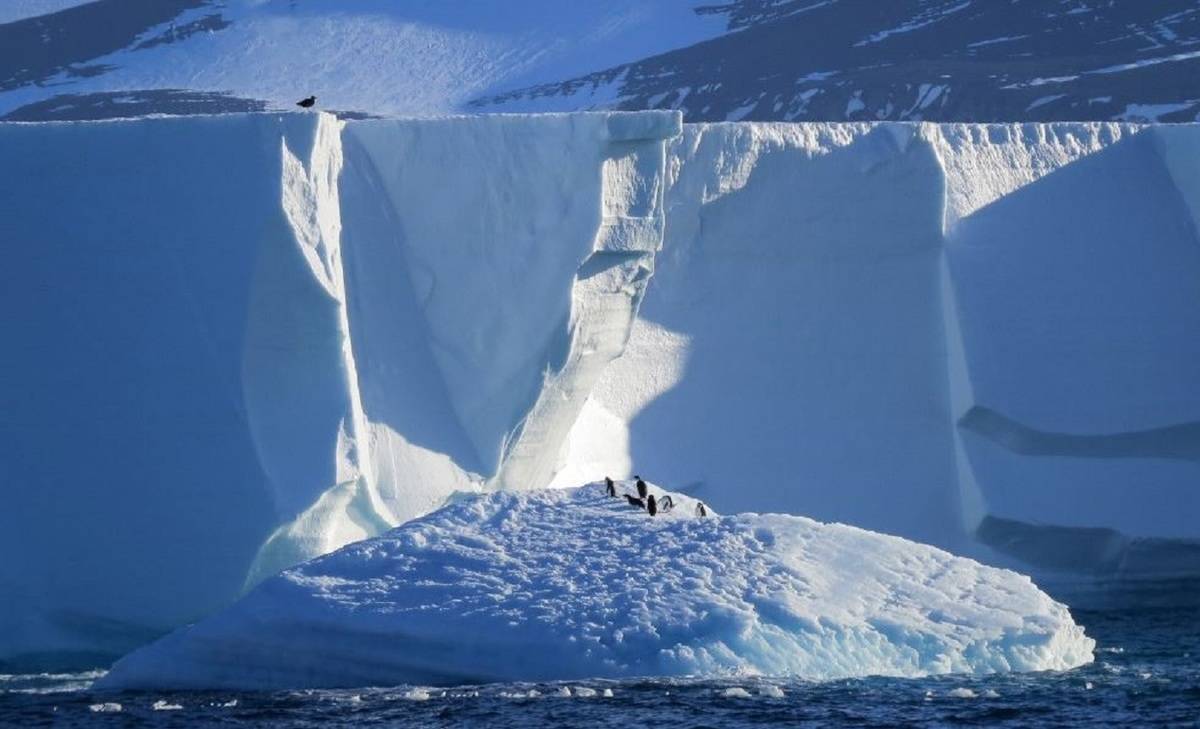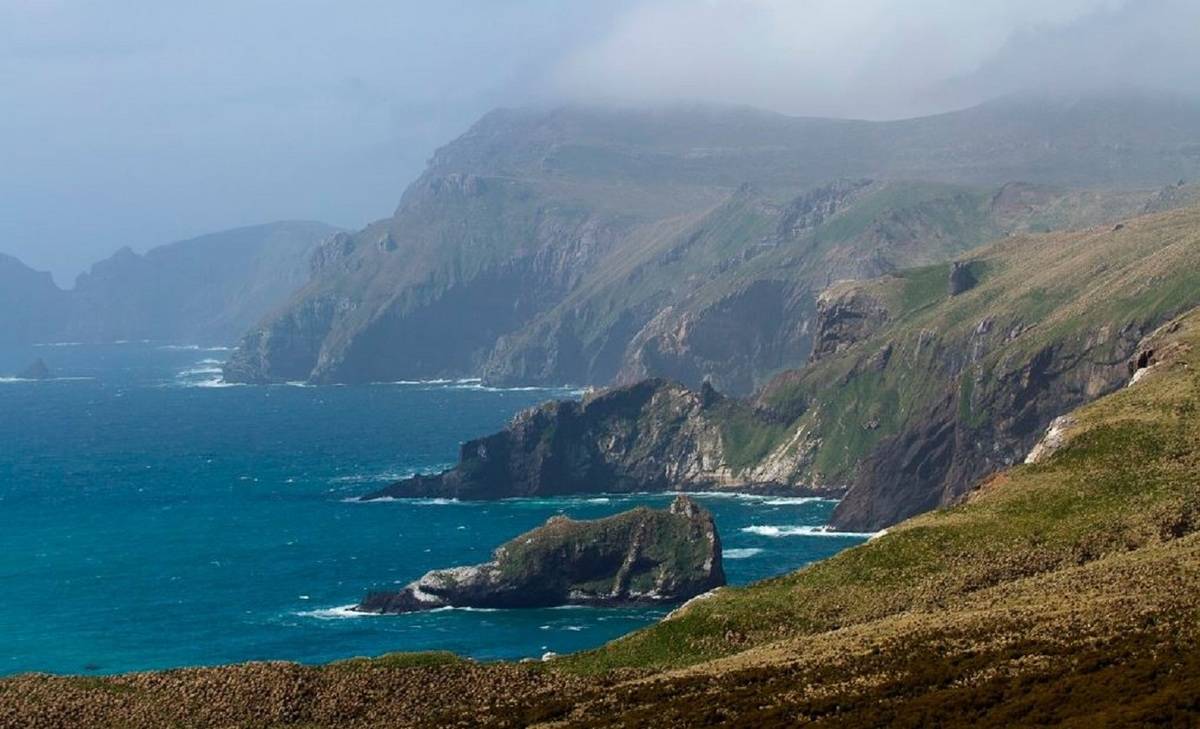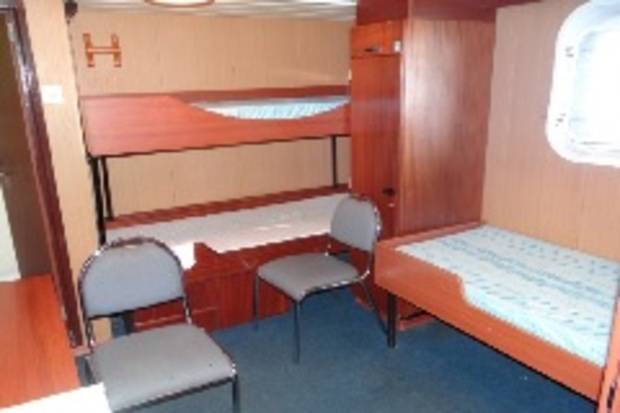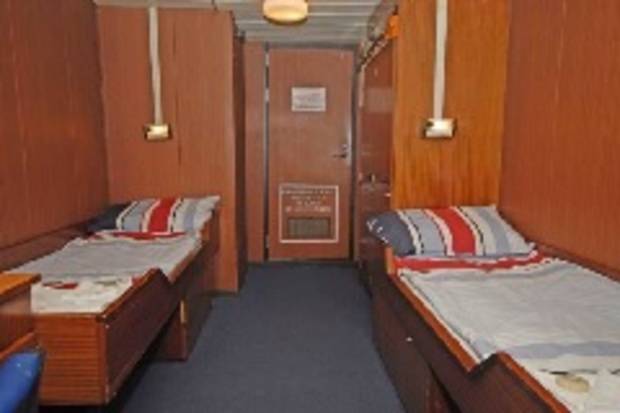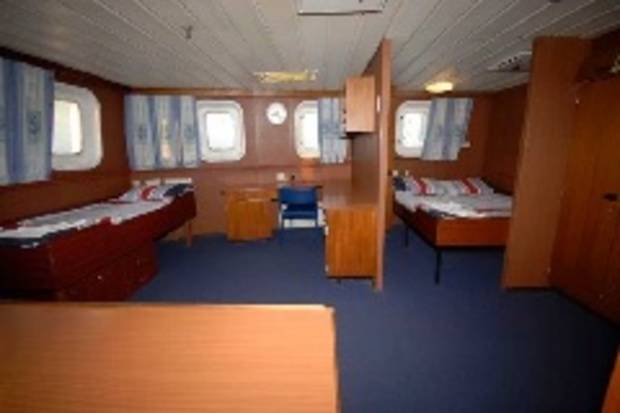In the Wake of Scott & Shackleton
30 Days - Akademik Shokalskiy
The Ross Sea region of Antarctica is one of the most remote and fascinating places on earth. With shipping restricted by impenetrable pack ice to just two brief months east austral summer, few people have ever visited this strange and beautiful territory, with opportunities for non-scientific personnel limited to just a handful of tourist expedition ships. This unique 30 day tour will allow you to experience nature like never before.
from USD $23000pp

Home » Akademik Shokalskiy: In the Wake of Scott & Shackleton
Itinerary Highlights:
- Explore the historic huts of Scott and Shakleton
- Visit penguin rookeries
- Marvel at the glacial ice tongues and ice chelves
- Observe the stunning Antarctic wildlife
Itinerary in Brief:
- Day 1: Invercargill
- Day 2: Port of Bluff
- Day 3: The Snares
- Day 4: Auckland Island
- Day 5: Auckland Islands - Carnley Harbour
- Day 6:Day at Sea
- Day 7-8: Macquarie Island'
- Day 9-12: At Sea
- Day 13-22: Ross Sea
- Day 23-26: Day at Sea
- Day 27-28: Campbell Island and Perseverance Harbour
- Day 29: Day At Sea
- Day 30: Invercargill
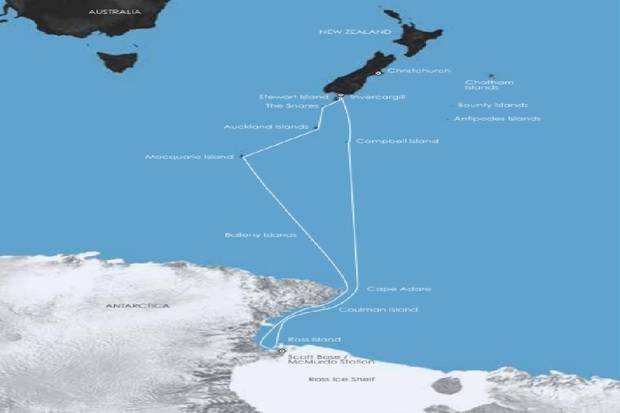
Day 1: Invercargill
Arrive at Invercargill, New Zealand's southernmost city. Established by Scottish settlers, the area's wealth of rich farmland is well suited to the sheep and dairy farms that dot the landscape. Passengers should make their way to the Ascot Park Hotel where the group will spend the first night of the expedition. This evening there will be an informal get together at the hotel for dinner; an excellent opportunity to meet you fellow adventurers on your voyage ad some of the expedition team.
Day 2: Port of Bluff
Today we enjoy breakfast in the hotel restaurant and take the opportunity to explore some of the local Southland scenery and attractions before heading to the Port of Bluff to embark the Akademik Shokalskiy. You will have time to settle into your cabin and familiarise yourself with the ship; we will also take the opportunity to conduct a number of safety briefings.
Day 3: The Snares - North East Island
The closest Subantarctic Islands to New Zealand, they were appropriatley called The Snares because they were probaly considred a hazard by their discoverer Lieutenant Broughton in 1795. Comprising of two main islands and a smattering of rocky islets, they are uninhabited and highly protected. North East Island is the largest of The Snares and it is claimed that this one island is home to more nesting seabirds than all of the British Isles together. We will arrive early in
the morning and cruise along the sheltered eastern side of the rugged coastline by Zodiac if weather and sea conditions are suitable (landings are not permitted). In the sheltered bays, we should see the endemic Snares Crested Penguins, Snares Island Tomtit and Fernbirds. Cape Pigeons, Antarctic Terns and Red-billed Gulls.
Day 4: Auckland Islands
The Auckland Islands group was formed by two volcanoes which erupted some 10-25 million years ago. They have subsequently been eroded and dissected by glaciation creating the archipelago as we know it today. The group is one of the largest in the Subantarctic and has a most colourful history of discovery and attempted settlement. Characterised by towering cliffs and rugged sea stacks, these islands have borne witness to many a shipwreck in days gone by. Enderby Island in this group is a great place to view birds and wildlife and is perhaps the most beautiful of all the Subantarctic Islands. The island enjoys a much milder climate than most Subantarctic Islands because of its location. Our plan is to land at Sandy Bay, one of three breeding areas in the Auckland Islands for the Hooker’s or New Zealand Sea Lion, a rare member of the seal family. In the forest behind the beach we find Bellbirds, Red-crowned Parakeets and the friendly Tomtits. Yellow-eyed Penguins also nest in the forest and under the tangled divaricated shrub Myrsine divaricata.
Day 5: Auckland Islands - Carnley Harbour
We arrive in Carnley Harbour, once the caldera of the Carnley volcano. The walls of the caldera have been breached on both the eastern and western sides, separating Adams Island to the south. The eastern entrance is navigable for smaller
vessels such as ours. The extensive harbour is rich in history and in opportunities. Our activities are totally weather dependent as the wind often funnels down the harbour making anchoring and some landings impossible. We have a number of options including a reasonably difficult scramble to a Shy Albatross colony on South West Cape. For those not able to manage this there will be the option to Zodiac cruise the pristine shores of Adams Island and Western
Harbour. If wind and weather prevent us from doing this, other options include a relatively easy walk to an abandoned Coastwatcher’s hut and lookout used during the Second World War.
Day 6: Day at Sea
At sea, learn more about the biology and history of the Subantarctic Islands and the Southern Ocean through a
series of lectures and presentations. We will be at sea all day, so it is another opportunity to spot pelagic species including the Wandering Albatross, Royal Albatross, Shy and White-capped Albatross, Light-mantled Sooty Albatross, Grey-headed Albatross, Black-browed Albatross, Whitechinned Petrel, Mottled Petrel, White-headed Petrel, Cape Petrel,
diving-petrel, Grey-backed and Black-bellied Storm-Petrels.
Day 7-8: Macquarie Island
Australia’s prized Subantarctic possession, it supports one of the highest concentrations of wildlife in the Southern Ocean. Million of penguins of four different species –King, Rockhopper, Gentoo and the endemic Royal – breed here. We plan to spend our time divided between the two approved landing sites, Sandy Bay and Buckles Bay as well as a Zodiac cruise at Lusitania Bay if weather conditions permit. At Sandy Bay a Royal Penguin rookery teems with feisty little birds
trotting back and forth, golden head plumes bobbing as they march to and from the shore. All three million of the world’s Royal Penguins breed on Macquarie Island. There is also a substantial King Penguin Colony. Some of the best observations will be had by quietly sitting and letting the birds come to you.
At Buckles Bay we will have a guided tour of the Australian Antarctic Division Base which was established in the late 1940s and has been manned continuously since then. There is a range of scientific research being undertaken here as well as a very strategically important weather station. Southern Elephant Seals slumber on the beaches and in the tussock at both of our landing sites. These giant, blubbery creatures will barely acknowledge our presence, lying in groups of intertwined bodies, undergoing their annual moult.
Day 9-12: Day At Sea
Soaring albatross and petrels circle the vessel as we steam ever southward through the Southern Ocean. Lectures now concentrate on Antarctica and the Ross Sea Region. We will pay attention to water temperatures so that we know when
we cross the Antarctic Convergence into the cold but extremely productive Antarctic waters. Drifting icebergs carry vivid colours and come in extraordinary shapes. Each is a unique, natural sculpture. You can also relax in the ship’s bar and catch up with some reading in the library.
Day 13-22: Ross Sea
Our program emphasises wildlife viewing, key scientific bases and historic sites, as well as the spectacular scenery of the coastal terrain, the glaciers and icebergs of the Ross Sea. Whilst specific landings cannot be guaranteed, we hope to visit a number of unique and fascinating places.
Cape Adare, at the tip of the Ross Sea id the site of the largest Adelie Penguin rookery in Antarctica. The penguins here are curious and unafraid, often coming very close providing superb photographic opportunities. Franklin Island, deep in the Ross Sea, is home to a large Adelie Penguin colony and other nesting seabirds. We will attempt a Zodiac landing near the rookery as well as exploring the coastline. If a landing is achieved and weather conditions are suitable there will be an opportunity for those who are feeling fit to climb to the summit of the island. At Possession Islands, observe the Adelie Penguins busy and sometimes humorous activities, with the Admiralty Mountains forming a superb backdrop across the water. Weather permitting, experience the largest ice shelf in Antarctica, the Ross Ice Shelf. South Pole, this daunting spectacle prevented many early Antarctic explorers from venturing further south. From the Ross Ice Shelf we cruise eastward along the shelf front, with its spectacular 30-metre high ice cliffs, which sometimes calve tabular icebergs. At Cape Royds visit Sir Ernest Shackleton's hut, possibly one of the greatest and heroic of the Antarctic explorers, as well as the historic site of Captain Scott'a second hut, witnessing his living conditions whilst exploring Antarctica. Finally, visit the Baia Terra Nova, one of the most modern and attractive research stations in Antarctica.
Day 23-26: Day at Sea
En route to Campbell Island, take part in a series of lectures designed to prepare you for our visit tomorrow. Pelagic species abound here as they did en route to Macquarie Island earlier in our voyage. Above all, take the time to rest and enjoy shipboard life after the excitement of the Antarctic.
Day 27-28: Campbell Island and Perseverance Harbour
New Zealand’s southernmost Subantarctic territory, the Campbell Island group lies approximately 660km south of Bluff. We visit Campbell Island, the main island in the group, and spend the day exploring themisland on foot from Perseverance Harbour, a long inlet cutting into the undulating landscape. Campbell Island is a truly magnificent place of
rugged scenery, unique flora and abundant wildlife. Perseverance Harbour where we drop anchor is an occasional refuge for Southern Right Whales who come here to calve. The highlight of our visit however is a walk to the hilltop breeding sites of Southern Royal Albatross, over six thousand pairs of which breed on Campbell Island. These magnificent birds, close relations to and the same size as the Wandering Albatross, have the largest wingspan in the world and are very approachable, making superb photographic subjects.
Day 29: Day at Sea
At sea en route to the Port of Bluff, take the opportunity to relax and reflect on an amazing experience. We will recap the highlights of our expedition and enjoy a farewell dinner tonight as we sail to our final port.
Day 30: Port of Bluff
Early this morning we will arrive in the Port of Bluff. After a final breakfast and completing Custom formalities we bid farewell to our fellow voyagers and take a complimentary coach transfer to either a central city point or to the airport.
| Dates | Cabin | From | Special Offer |
|---|---|---|---|
| 10 Feb 2022 - 11 Mar 2022 | USD $23000pp | ||
| Main Deck Cabin | USD $23000pp | Contact us | |
| Superior Cabin | USD $25000pp | Contact us | |
| Superior Plus Cabin | USD $28300pp | Contact us | |
| Mini Suite | USD $29400pp | Contact us | |
| Heritage Suite | USD $32000pp | Contact us | |
**Prices are per person based on twin / shared accommodation.
**Single supplements may apply
Cabin Details
Main Deck Triple Cabin
1 Bunk Bed, 1 Single Bed, Writing Desk, Wardrobe, Shared Bathroom, Porthole
Superior Plus Cabin
2 Single Beds, Writing Desk, Wardrobe, Private Bathroom, Windows.
Mini Suite
1 Double Bed in Seperate Bedroom, Sofa, Writing Desk, Wardrobe, Private Bathroom, Windows
Heritage Suite
1 Double Bed in Seperate Bedroom, Large Lounge Area, Sofa, Writing Desk, Wardrobe, Private Bathroom, Large Windows
Akademik Shokalskiy Deckplan
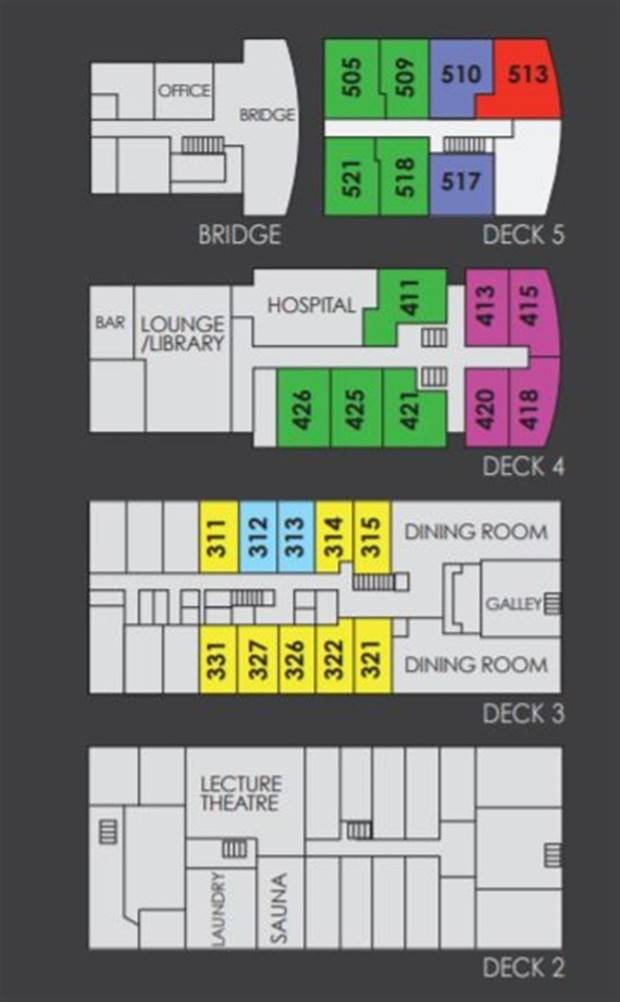
Specifications
- Expedition Staff & Crew: 22
- Guests: 50
- Length: 69.7m
- Breadth: 12.9m
- Draft: 4.5m
- Gross Tonnage: 1,753gt
- Engine: 3,000 horsepower
- Ice Class: A1A Super
- Cruising Speed: 10 knots
Whats included?
- On-board accommodation
- One pre-voyage hotel accommodation in Invercagill, New Zealand
- Shore excursions and activities throughout the voyage
- All meals during the voyage
- Leadership by experienced expedition staff
- Pre/Post cruise transfers
What’s not included?
- International/domestic flights
- Visas
- Travel Insurance
- Items of a personal nature
- Laundry
- Drinks
- Gratuities
- Landing fees: US$880 per person

